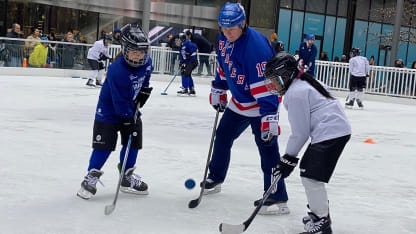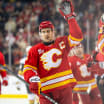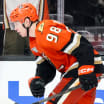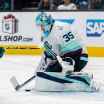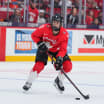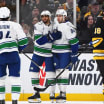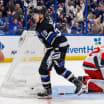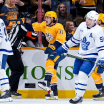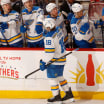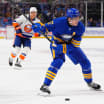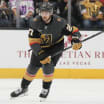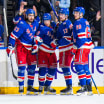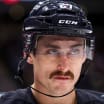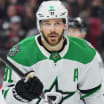The Learn to Play program, supported through the Industry Growth Fund that's celebrating its 10th anniversary, was developed in coordination with experts from USA Hockey and changes the way youth hockey is offered by providing first-time participants head-to-toe equipment and weekly sessions of age-appropriate, on-ice instruction led by NHL alumni in a fun, safe atmosphere.
More than 150,000 participants have skated through the program. The NHL and NHLPA established the IGF in 2013 to support NHL and club business initiatives and projects designed to promote long-term fan development, grow the game of hockey and provide educational resources.
"Learn To Play is a really low-cost, low-commitment entry into hockey," Knesaurek said. "It's about providing children and their families an on-ice hockey experience with clubs like the New York Rangers, including alumni conducting skills and drills all while having families watching and supporting these young athletes. It really is the entry into the broader hockey ecosystem."
The Rangers are one of the teams involved since the beginning, making access easier to kids who want to try the game. Through the partnership with the NHL and NHLPA, their LTP program has flourished across 65 locations throughout the tri-state area by helping introduce more than 25,000 kids hockey since 2016-17.
Retired NHL forward Brian Mullen, who played 11 seasons including four with the Rangers from 1987-91, was among the alumni coaching in the clinics. Mullen was born in Manhattan, a few blocks from where he was teaching kids the game.
"I didn't start ice skating until I was 11 or 12 years old, and I was playing roller hockey every day in the schoolyard across from my apartment," Mullen said. "So if I had something like this, I would've jumped to the ice a lot sooner than when I did.
"I think we started in 12 rinks that first year and now we're in over 60 and we're well over 25,000 kids this year, so the growth has been crazy. The girls' programs are getting bigger and bigger each year. And there doesn't seem to be any end in sight for just the Learn to Play program as a whole."

